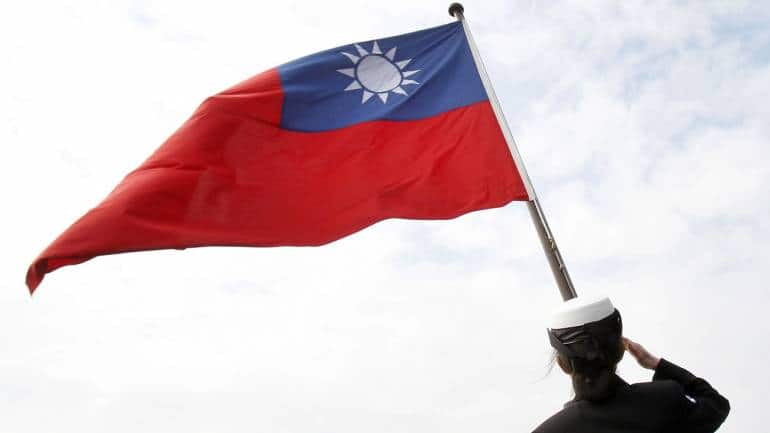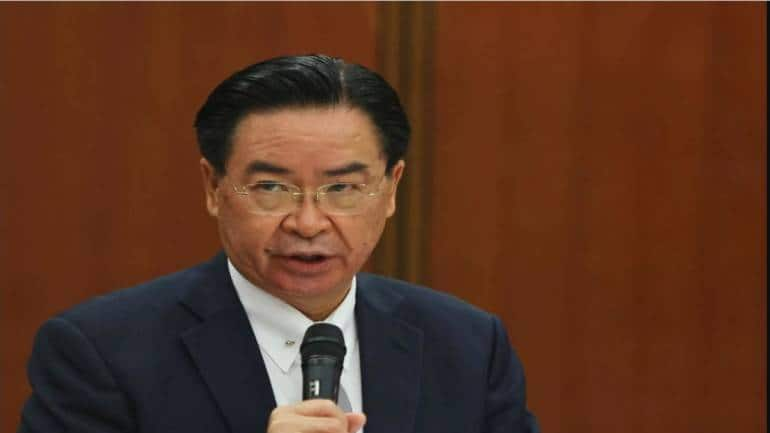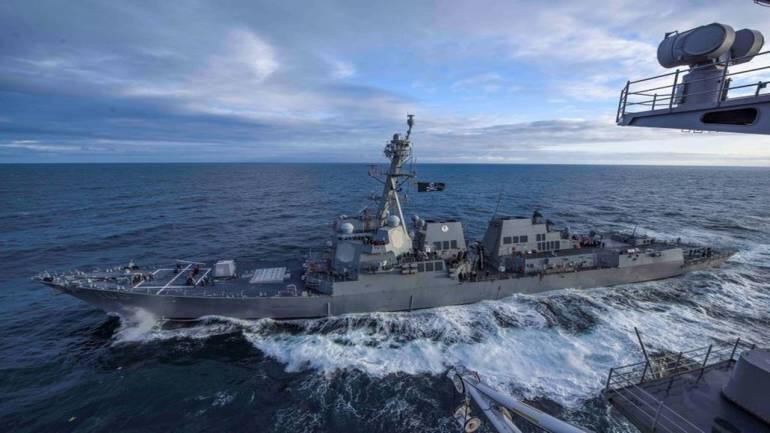Taiwan scrambles jets against renewed Chinese military activity
 ]
]
Chinese Taipei - Chinese Taipei stood fifth in the number of road accidents recording 305,556 road accidents during 2018 with 403,906 injured. The number of deaths during the same year stood at 1604. Chinese Taipei has one of the lowest road networks in the world.
Taiwan’s air force scrambled on Sunday against renewed Chinese military activity, with its defence ministry reporting that 19 aircraft including nuclear-capable bombers had flown into Taiwan’s air defence identification zone.
Chinese-claimed Taiwan has complained for a year or more of repeated missions by China’s air force near the self-ruled island, often in the southwestern part of its air defence zone near the Taiwan-controlled Pratas Islands.
The latest Chinese mission involved 10 J-16 and four Su-30 fighters, as well as four H-6 bombers, which can carry nuclear weapons, and an anti-submarine aircraft, Taiwan’s Defence Ministry said.
Taiwanese combat aircraft were dispatched to warn away the Chinese aircraft, while missile systems were deployed to monitor them, the ministry said.
The Chinese aircraft flew in an area closer to the Chinese than Taiwanese coast, roughly northeast of the Pratas, according to a map provided by Taiwan’s defence ministry.
There was no immediate comment from China.
The last such large-scale activity, on June 15, involved 28 Chinese air force aircraft, the largest incursion https://www.reuters.com/world/asia-pacific/taiwan-reports-largest-incursion-yet-by-chinese-air-force-2021-06-15 reported by Taiwan to date.
China often mounts such missions to express displeasure at something Taiwan has done or at shows of international support for the democratically ruled island, especially by the United States, Taiwan’s main arms provider.
It was not clear what might have prompted China to launch its aircraft this time, though a U.S. warship and a U.S. Coast Guard cutter sailed through the Taiwan Strait late last month.
China has described its activities as necessary to protect the country’s sovereignty and deal with ”collusion” between Taipei and Washington.
Taiwan’s defence ministry warned last week that the threat from China was growing, saying China’s armed forces can ”paralyse” Taiwan’s defences and are able to fully monitor its deployments.
Taiwan says China wants to ’emulate’ the Taliban
 ]
]
Taiwan’s foreign minister accused China on Saturday of wanting to “emulate” the Taliban, saying the island that Beijing claims as sovereign Chinese territory did not wish to be subject to communism or crimes against humanity.
The rapid fall of the US-backed Afghan government has sparked heated debate in Taiwan about whether they could suffer the same fate to a Chinese invasion, while state media in China has said Kabul’s fate showed Taiwan it cannot trust Washington.
Writing on Twitter in response to the US State Department reiterating a call for China to stop pressuring the island, Taiwan Foreign Minister Joseph Wu expressed his thanks to the United States for upholding the wishes and best interests of Taiwan’s people.
“They include democracy & freedom from communism, authoritarianism & crimes against humanity,” Wu said.
“China dreams of emulating the Taliban, but let me be blunt: We’ve got the will & means to defend ourselves,” Wu added, without elaborating.
There was no immediate response from China, whose Taiwan Affairs Office did not answer calls seeking comment outside of business hours on Saturday.
China has sought to build ties with the Taliban despite its own worries about the possible effect on what Beijing sees as Islamist extremists operating in China’s Xinjiang.
Afghanistan has become the latest issue Taiwan and China have sparred over.
Taiwan has complained of stepped up Chinese diplomatic and military pressure in recent months, including repeated air force and navy drills near the island, prompting concern in Washington and other Western capitals.
Taiwan is a rambunctious democracy whose people have shown little interest in being ruled by autocratic China.
Beijing has also been angered by US support for Taiwan even in the absence of formal diplomatic ties between Washington and Taipei, including regular US arms sales.
US warship transits Taiwan Strait after Chinese assault drills
 ]
]
A US warship and a US Coast Guard cutter sailed through the Taiwan Strait on Friday, the latest in what Washington calls routine operations through the sensitive waterway that separates Taiwan from China, which claims the self-ruled island.
The passage comes amid a spike in military tensions in the past two years between Taiwan and China, and follows Chinese assault drills last week, with warships and fighter jets exercising off the island’s southwest and southeast.
The Kidd, an Arleigh Burke-class guided-missile destroyer, accompanied by the Coast Guard cutter Munro, transited “through international waters in accordance with international law,” the US Navy said in a statement.
“The ships’ lawful transit through the Taiwan Strait demonstrates the US commitment to a free and open Indo-Pacific. The United States military flies, sails, and operates anywhere international law allows,” it said.
The US Navy has been conducting such operations about every month or so, angering China, which sees Taiwan as its territory and has never renounced the use of force to bring the democratic island under its control.
The United States, like most countries, has no formal diplomatic ties with Taiwan, but is its most important international backer and a major seller of arms to the island.
China’s state-controlled media have seized on the United States’ chaotic withdrawal from Afghanistan in recent weeks to portray US support for Taiwan and regional allies as fickle.
But US President Joe Biden’s administration has been quick to dismiss any connection between Afghanistan and the United States’ commitment to the Indo-Pacific.
Vice President Kamala Harris accused China of “bullying and excessive maritime claims” during trips to Vietnam and Singapore this week, the latest in a string of visits by top US officials to the Indo-Pacific aimed at cementing US commitment to the region.